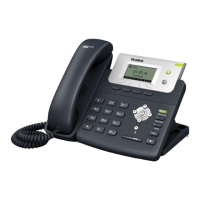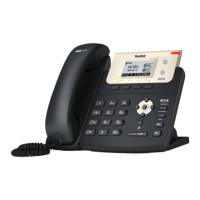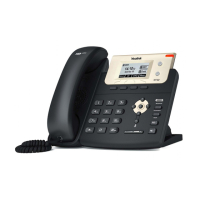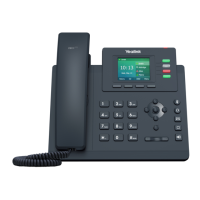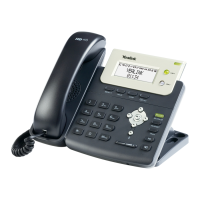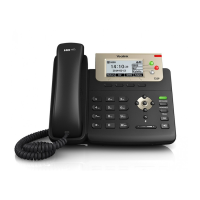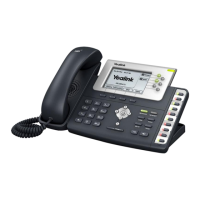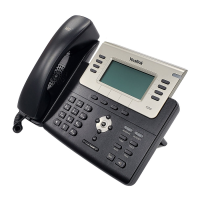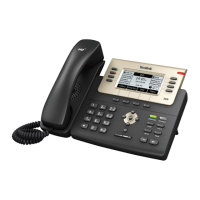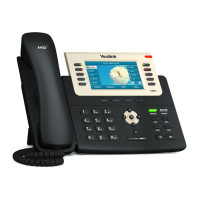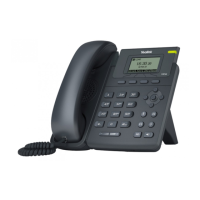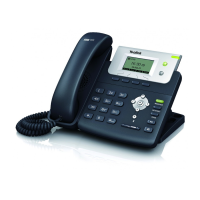
Do you have a question about the Yealink SIP-T21P and is the answer not in the manual?
| Display | 132 x 64-pixel graphical LCD |
|---|---|
| Network | 10/100 Mbps Ethernet |
| SIP Accounts | 2 |
| Wall Mountable | Yes |
| Audio Features | HD Voice |
| Protocols | SIP v1 (RFC2543), v2 (RFC3261) |
| Voice Codecs | G.711(A/μ), G.729AB, G.726, G.722 |
| Phonebook | 1000 entries |
| Call Features | Call hold, call waiting, call transfer, call forward, 3-way conferencing |
| Security | SRTP, TLS, 802.1x, HTTPS |
| Ethernet Ports | 2 x RJ45 10/100 Mbps |
| Power Supply | Power over Ethernet (PoE) or optional power adapter |
| Operating Humidity | 10% to 90% (non-condensing) |
| Languages | Supports multiple languages |
| PoE | Yes (802.3af) |
| Operating Temperature | -10°C to 50°C |
Details the main hardware components of the SIP-T21P IP phone.
Explains the icons displayed on the SIP-T21P IP phone's LCD screen.
Provides step-by-step instructions for installing the phone.
Describes the automatic phone initialization and DHCP process.
Explains how to configure IP address, subnet mask, and gateway settings.
Details the process for registering the phone with an account.
Details managing local directory, blacklist, and remote phone book.
Explains how to place calls using handset, speakerphone, or headset.
Details methods for answering calls using handset, speakerphone, or headset.
Details enabling and configuring Do Not Disturb mode.
Explains static and dynamic call forwarding methods.
Describes blind, semi-attended, and attended call transfer methods.
Details creating local and network conference calls.
Explains parking calls and picking up calls from other extensions.
Describes configuring BLF keys for monitoring line status and pickup.
Explains how to record calls using record or URL record keys.
